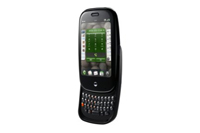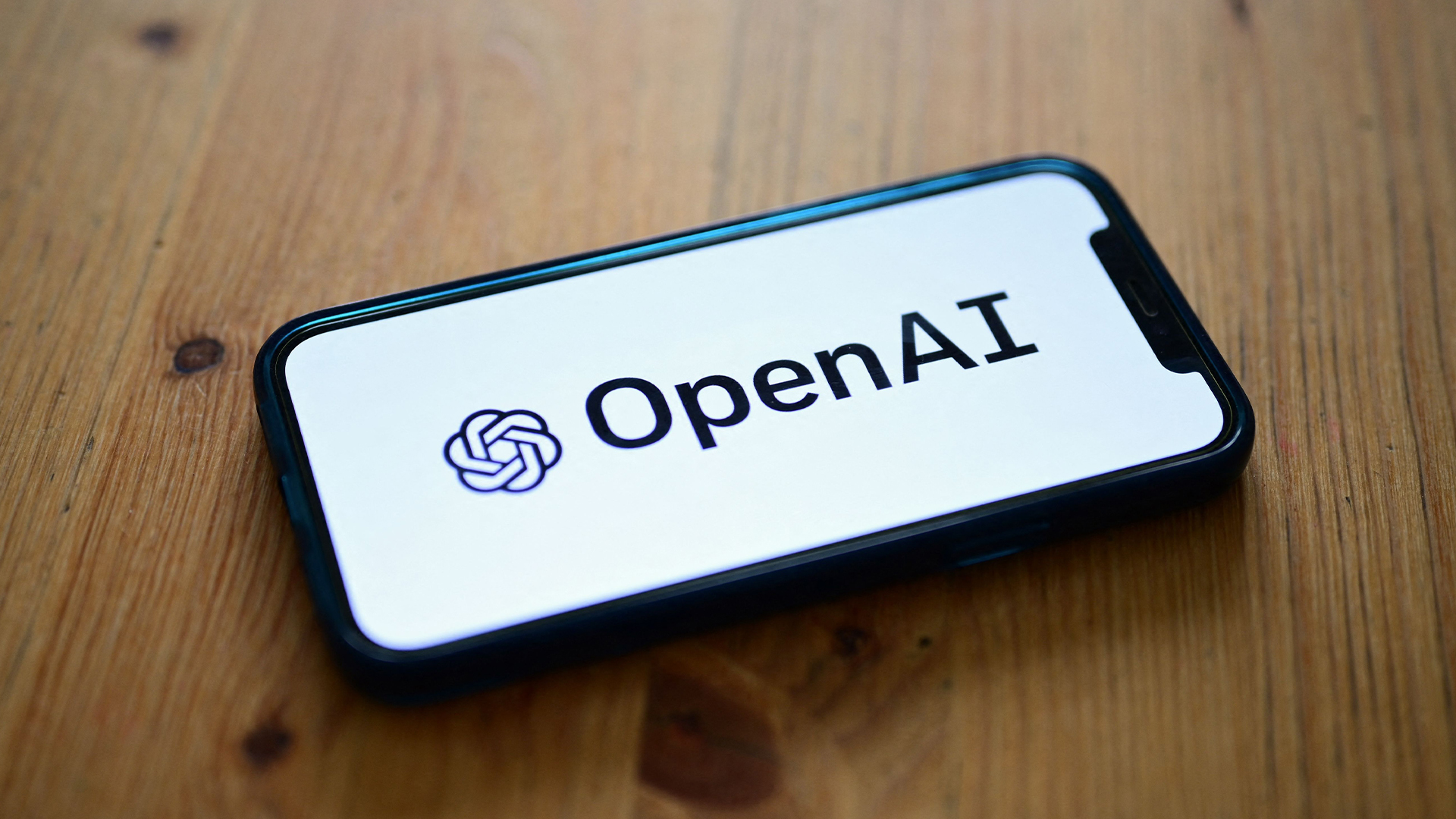Palm Pre review
Does the Palm Pre live up to the expectations of style conscious business users? Read our review to find out.

It’s slicker than using Symbian, arguably more pocketable than its top rivals the HTC Hero and iPhone and a valuable and valid alternative to the ever-expanding sea of Android phones we seem to be pelted with on a weekly basis these days. Updates would be welcome, but this is a good start.
The Palm Pre has large boots to fit its relatively diminutive frame into. Not only is it the most vehemently touted iPhone killer of the last 12 months, it's also the first phone to use the webOS operating system. It is seen by many as one of Palm's last chances to crack through the tech enthusiast shell and into the mainstream mobile market.
First impressions
It's with some trepidation then that we first slid back the Pre's QWERTY - with the king of PDA's fragile future cradled between our fingers. The first things to strike you are positives. The screen is luscious, with a bright image and vivid colours. As it has fewer inches and the same resolution compared to an iPhone, the pixel density on the Pre is greater, giving the impression of a sharper image.
Then there's the fact that unlike many smartphones currently flooding the market the Pre owns its design. There's no sense that the Pre is an identikit copy of other limelight-grabbing handsets on the market, which, shallow as it may sound, is a boon if you're looking to differentiate yourself from your BlackBerry- and iPhone-toting colleagues without compromising on features.
At the heart of the Pre's design is its slide-out QWERTY keyboard. However, it feels more like a non-slider mini-QWERTY, like the one seen on the budget BlackBerry 8520, than the full-length leviathans we normally see careening out from underneath smartphone screens. Such a form factor has its own share of benefits and negatives.
It makes sure that the Pre has the smooth lines to cut it as a simultaneous work and weekend device, but arguably doesn't let you get your typing speed up to full-length QWERTY levels. We spent quite a while typing emails and texts on the Pre to see how our fingers and thumbs fared, and although we eventually did get to faster speeds than we normally manage with an on-screen virtual keyboard, mistakes were more frequent too.
Sign up today and you will receive a free copy of our Future Focus 2025 report - the leading guidance on AI, cybersecurity and other IT challenges as per 700+ senior executives
-
 ‘1 engineer, 1 month, 1 million lines of code’: Microsoft wants to replace C and C++ code with Rust by 2030 – but a senior engineer insists the company has no plans on using AI to rewrite Windows source code
‘1 engineer, 1 month, 1 million lines of code’: Microsoft wants to replace C and C++ code with Rust by 2030 – but a senior engineer insists the company has no plans on using AI to rewrite Windows source codeNews Windows won’t be rewritten in Rust using AI, according to a senior Microsoft engineer, but the company still has bold plans for embracing the popular programming language
By Ross Kelly Published
-
 Google drops $4.75bn on data center and energy firm Intersect
Google drops $4.75bn on data center and energy firm IntersectNews The investment marks the latest move from Google to boost its infrastructure sustainability credentials
By Nicole Kobie Published
-
 OpenAI says prompt injection attacks are a serious threat for AI browsers – and it’s a problem that’s ‘unlikely to ever be fully solved'
OpenAI says prompt injection attacks are a serious threat for AI browsers – and it’s a problem that’s ‘unlikely to ever be fully solved'News OpenAI details efforts to protect ChatGPT Atlas against prompt injection attacks
By Nicole Kobie Published